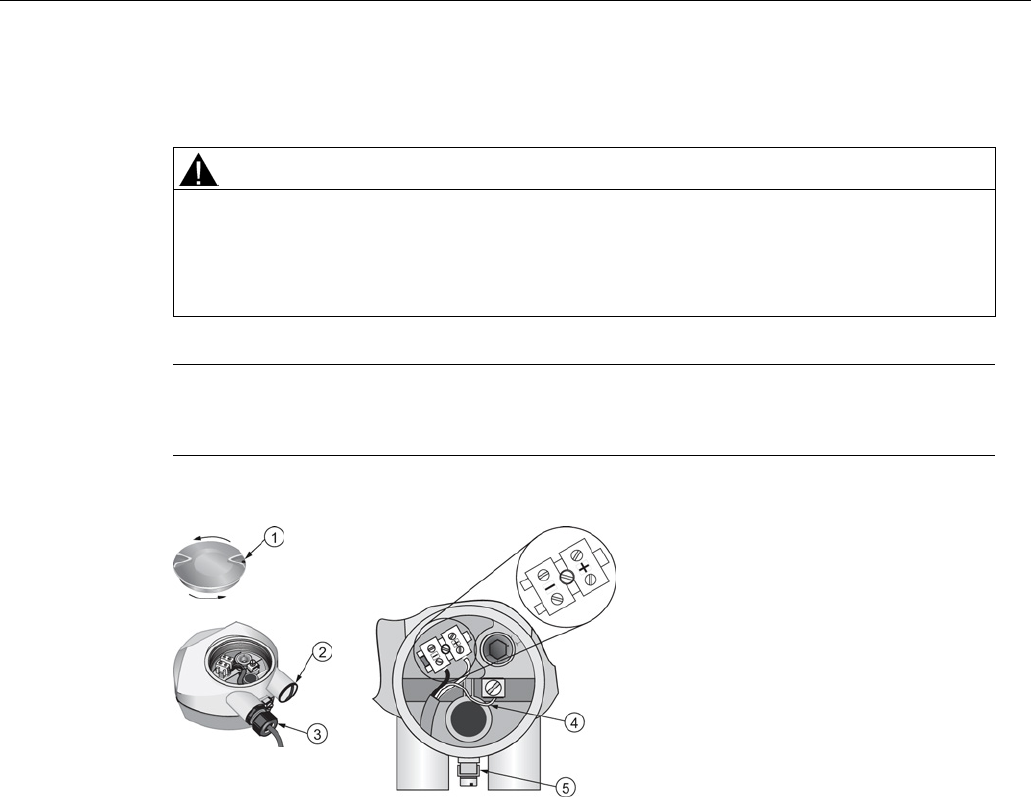User's Manual
Table Of Contents
- SITRANS LR250 (PROFIBUS PA)
- Legal information
- Table of contents
- 1 Introduction
- 2 Safety notes
- 3 Description
- 4 Installing/mounting
- 5 Connecting
- 6 Commissioning
- 7 Remote operation
- 8 Parameter reference
- 9 Service and maintenance
- 10 Diagnosing and troubleshooting
- 11 Technical data
- 12 Dimension drawings
- 12.1 Threaded horn antenna
- 12.2 Threaded horn antenna with extension
- 12.3 Flanged horn antenna
- 12.4 Flanged horn antenna with extension
- 12.5 Flanged encapsulated antenna (2"/DN50/50A sizes only)
- 12.6 Flanged encapsulated antenna (3"/DN80/80A sizes and larger)
- 12.7 Threaded PVDF antenna
- 12.8 Threaded connection markings
- 12.9 Raised-Face flange per EN 1092-1 for flanged horn antenna
- 12.10 Raised-Face flange per EN 1092-1 for flanged encapsulated antenna
- 12.11 Flat-Face flange
- 12.12 Process connection tag (pressure rated versions)
- A Appendix A: Technical reference
- B Appendix B: PROFIBUS PA profile structure
- C Appendix C: Communications via PROFIBUS
- D Appendix D: Certificates and Support
- 13 List of abbreviations
- 14 LCD menu structure
- Glossary
- Index

Connecting
5.2 Connecting SITRANS LR250
SITRANS LR250 (PROFIBUS PA)
26 Operating Instructions, 01/2014, A5E32221386-AB
5.2
Connecting SITRANS LR250
WARNING
• Check the nameplate on your device, to verify the approval rating.
• Use appropriate conduit seals to maintain IP or NEMA rating.
• See Wiring setups for hazardous area installations (Page 28).
Note
•
Separate cables and conduits may be required to conform to standard instrumentation
wiring practices or electrical codes.
①
Use a 2 mm Allen key to loosen the lid
-lock set screw
④
Cable shield
②
Plug (IP 68)
⑤
Ground terminal
③
Optional cable gland
a) b)
(or NPT cable entry)
b)
a)
May be shipped with the device.
b)
If cable is routed through conduit, use only approved suitable-size hubs for waterproof
applications.










